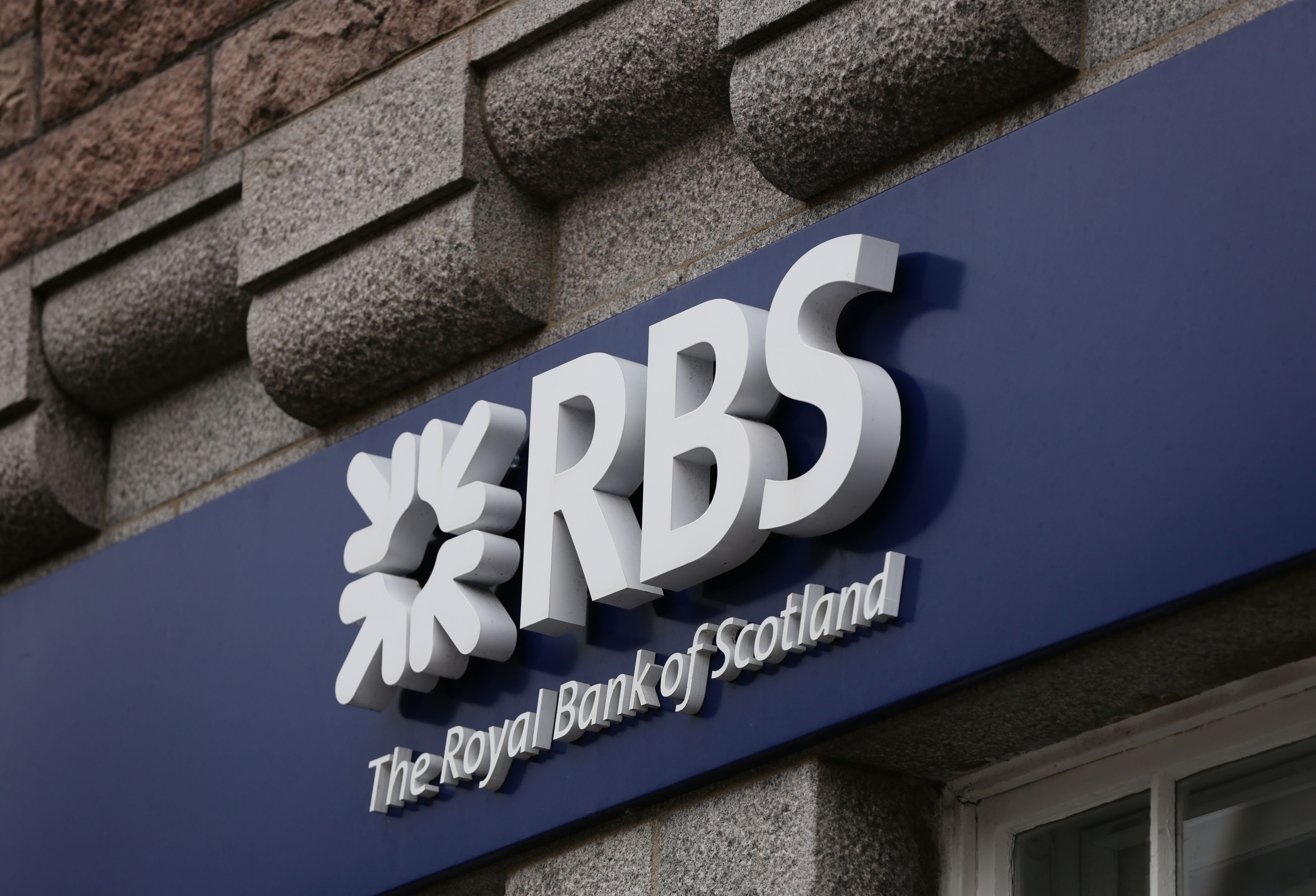
The group, which is 73% owned by the taxpayer, posted a loss of £2 billion, although this is down on the £3.5 billion deficit it reported a year earlier.
The company’s bonus pool was cut by 11% to £373 million for 2015, while chief executive Ross McEwan said he will not take a £1 million “role-based” incentive, which is paid on top of salaries by some banks.
Mr McEwan also added that in 2016 he will give half of his role-based pay to charity in a bid to defuse what has become an annual pay row at the taxpayer-backed lender.
It will be the third year in a row that the New Zealander, whose base salary is a £1 million a year, will have voluntarily forfeited part of his pay package.
The losses at RBS come after it said last month it would set aside billions to cover past mistakes as part of a raft of mammoth financial provisions.
The bank said it has set aside £3.6 billion in conduct charges. This includes £2.1 billion to cover expected legal action on US residential mortgage-backed securities, as well as £600 million extra for payment protection insurance (PPI) mis-selling compensation.
The bank said it amassed restructuring costs of £2.9 billion last year, as it sells off its investment banking and overseas operations to become a smaller and less complex lender.
It plans to exit 25 of the 38 countries it has a presence in to focus predominantly on the UK and Ireland.
Mr McEwan said: “RBS made progress again in 2015. We ended the year a simpler, stronger bank with a business anchored squarely in the UK and Ireland, focused on retail and commercial markets.”
The bank said it cut costs by £983 million last year, beating its target of £900 million.
It also boosted net mortgage lending by 10% on a year ago to £9.3 billion.
The firm’s common equity tier 1 ratio, a key measure of the assets a bank hold in its reserves, lifted 4.3% to 15.5% over the year.
Shares in RBS fell 6% amid investor concerns about delays past the firstquarter of 2017 over the sale of its 316-branch Williams & Glyn UK retailbanking business which could fetch as much as £1.5 billion.
Chancellor George Osborne sold a 5.4% stake in RBS to the City in August, raising £2.1 billion, but making a £1.1 billion loss on what taxpayers had paid for them.
In January this year, Mr Osborne suspended the Government’s final stake in Lloyds Banking Group due to market turmoil. Taxpayers own just under 10% of Lloyds.
Analysts do not expect any resumption in the sale of Government stakes of RBS or Lloyds soon.
RBS’s adjusted operating profit fell to £4.4 billion compared with a £6.1 billion profit 12 months ago, reflecting lower income levels as the business sells off units and becomes smaller.
It sold its final 20.9% stake in US Citizens in October for £1.9 billion. RBS had bought Citizens for 440 million US dollars (£314 million) in 1988 and turned it into one of the biggest regional banks in the US.
READ MORE
How to make money from an empty driveway
Government sell-off of public assets in 2015 the biggest in UK history

Enjoy the convenience of having The Sunday Post delivered as a digital ePaper straight to your smartphone, tablet or computer.
Subscribe for only £5.49 a month and enjoy all the benefits of the printed paper as a digital replica.
Subscribe